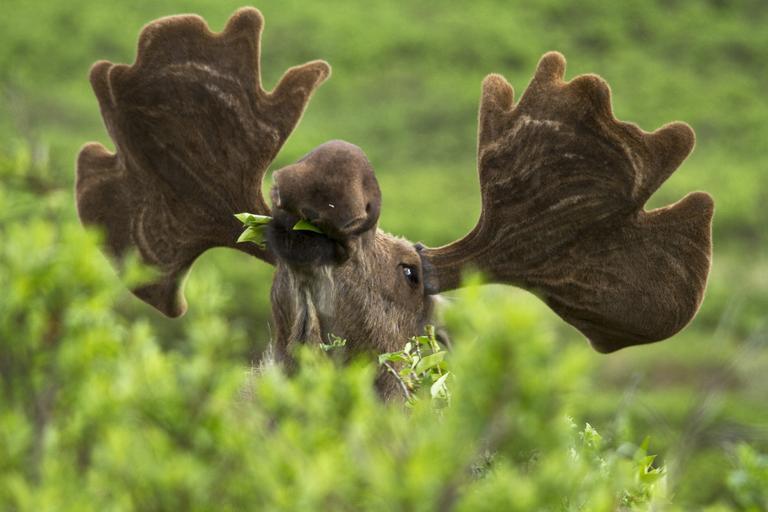MAKE A MEME
View Large Image

| View Original: | Moose.jpg (5184x3456) | |||
| Download: | Original | Medium | Small | Thumb |
| Courtesy of: | www.flickr.com | More Like This | ||
| Keywords: moose climate change climatechange animal outdoor depth of field serene landscape field photo border Rising temperatures and booming parasite populations are expected to cause this cold-weather species that calls the northern United States and Canada home to move farther north. That’s because milder winters and less snow can lead to higher numbers of winter ticks. Tens of thousands of these parasites can gather on a single moose to feed on its blood -- weakening the animal’s immune system and often ending in death, especially the calves. Photo: NPS/Jacob W. Frank Denali National Park and Preserve Rising temperatures and booming parasite populations are expected to cause this cold-weather species that calls the northern United States and Canada home to move farther north. That’s because milder winters and less snow can lead to higher numbers of winter ticks. Tens of thousands of these parasites can gather on a single moose to feed on its blood -- weakening the animal’s immune system and often ending in death, especially the calves. Photo: NPS/Jacob W. Frank Denali National Park and Preserve | ||||